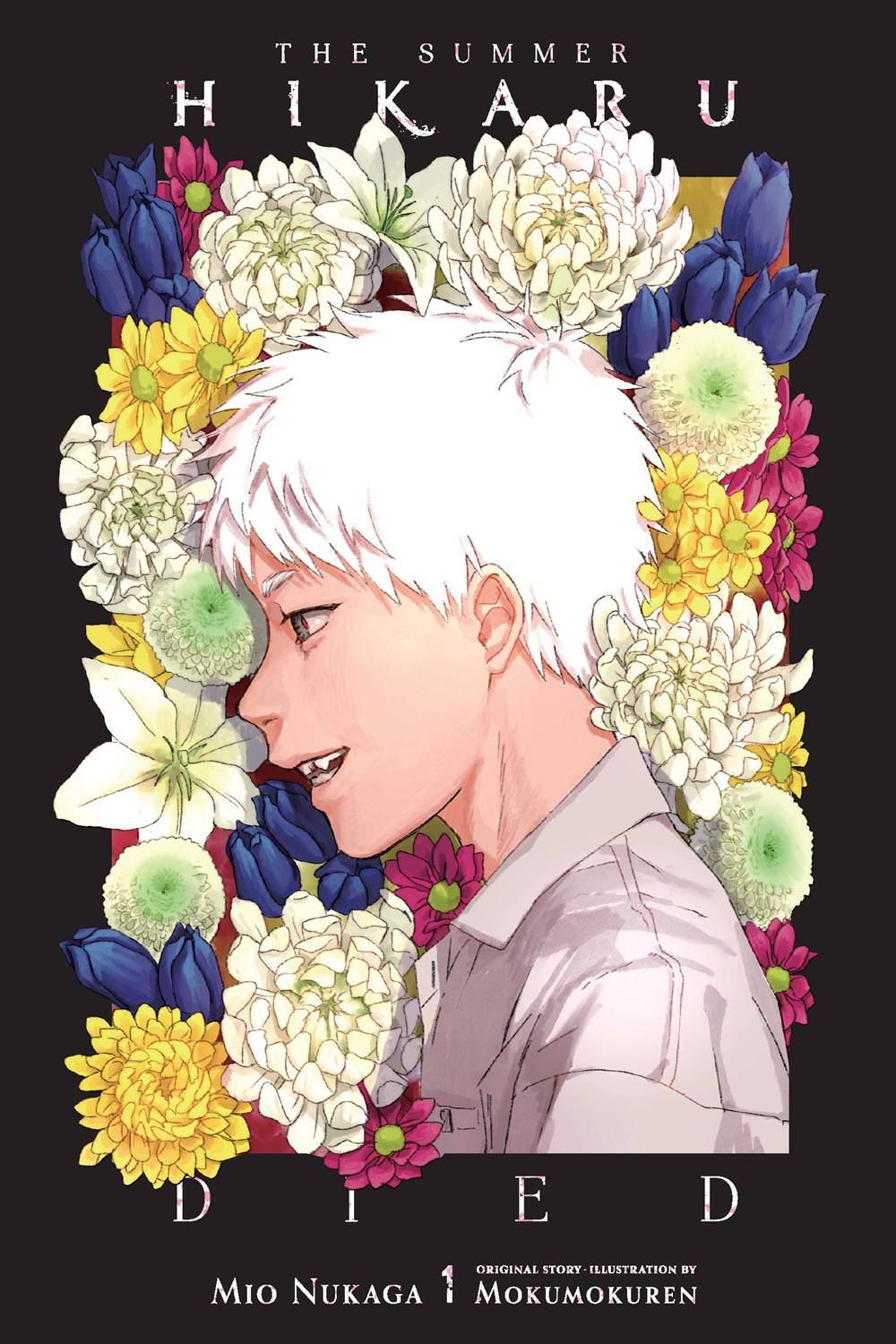The Summer Hikaru Died: Vol 1 (Light Novel Review)
review
✦
review ✦
The Summer Hikaru Died (Japanese title: Hikaru ga Shinda Natsu) is a poignant and eerie story written by Mokumokuren, originally serialized as a manga but adapted into light novel format to further explore the emotional and psychological depth of its characters. Covering material that largely aligns with the first few volumes of the manga, the novel expands the rural horror atmosphere and the intense bond between its two main characters: Yoshiki and the boy who calls himself Hikaru.
Plot Overview
Set in a quiet, remote mountain village, the story begins with an unsettling truth: Hikaru, Yoshiki’s childhood friend, died over the summer—and something else took his place. The creature that now wears Hikaru’s face retains his memories, mimics his behaviors, and continues to act as though nothing has changed. Yoshiki knows the truth, but he remains silent, caught between fear, confusion, and something deeper—his longing to hold on to what he’s lost.
What follows is a slow-burning psychological horror that subtly blends supernatural elements with themes of grief, identity, and emotional dependency. The plot isn’t built around explosive action or grand revelations; instead, it thrives on tension, atmosphere, and emotional nuance. The story’s horror is not just in the otherworldly entity but in the deep, quiet loneliness of rural life and the fragility of human connection. And in this version, readers get a deeper look into this world.
Character Depth and Relationships
The central relationship between Yoshiki and “Hikaru” is the emotional core of the novel. Yoshiki is portrayed with remarkable depth: he is both wary and tender, trapped in a complex emotional state where fear and affection coexist. His inner monologue—expanded in the light novel format—is one of the story’s strongest elements. Readers are given a more introspective look into his turmoil, which enhances the quiet tragedy of the narrative.
“Hikaru,” meanwhile, is equally compelling. The novel allows for a closer look at how this entity tries to be human—or at least tries to be what it thinks Hikaru would have been. Its efforts are at times endearing, eerie, and heartbreakingly sincere. The light novel explores the ambiguity of its existence: is it pretending to care, or has it truly come to value Yoshiki? This tension adds a layer of complexity that keeps readers engaged and unsettled in equal measure.
Atmosphere and Writing Style
The novel is steeped in a haunting, rural atmosphere that echoes the best of Japanese folk horror. The quiet village, surrounded by dense forest and isolation, becomes almost a character in its own right. The writing leans into this mood, using sparse prose and quiet moments to create a sense of dread and melancholy that lingers even in the calmest pages.
The pacing is deliberately slow, but never dull. Instead, it builds a creeping unease, punctuated by moments of startling clarity or gentle heartbreak. Mokumokuren’s style—faithfully translated in the light novel version—has a quiet lyricism that enhances the story’s emotional beats without becoming overwrought.
Themes of Identity and Loss
At its heart, The Summer Hikaru Died is a story about grief, memory, and the terror of letting go. It questions what it means to be human, and whether memory and love can survive even when the body is no longer the same. For Yoshiki, the entity wearing Hikaru’s face is both a painful reminder and a temporary balm—and the novel never gives easy answers about whether it’s better to accept loss or live in denial.
The light novel further emphasizes these emotional undercurrents by providing more internal reflection and subtle shifts in character dynamics. This makes the emotional payoff stronger and gives readers a deeper appreciation for the story’s moral and psychological complexity.
Final Thoughts
The Summer Hikaru Died is a beautiful, unnerving novel that balances emotional intensity with atmospheric horror. Its slow pace and introspective style feel very much in line with what fans experienced in the manga—and it’s a great companion read for its diehard readers.



![[Oshi no Ko]: Vol. 12 Review](https://images.squarespace-cdn.com/content/v1/65bcd87d5d1be54f8cb487b6/1766497421656-X9KRLG0NRJ7NKR37G577/oshi%2Bno%2Bko.jpg)




